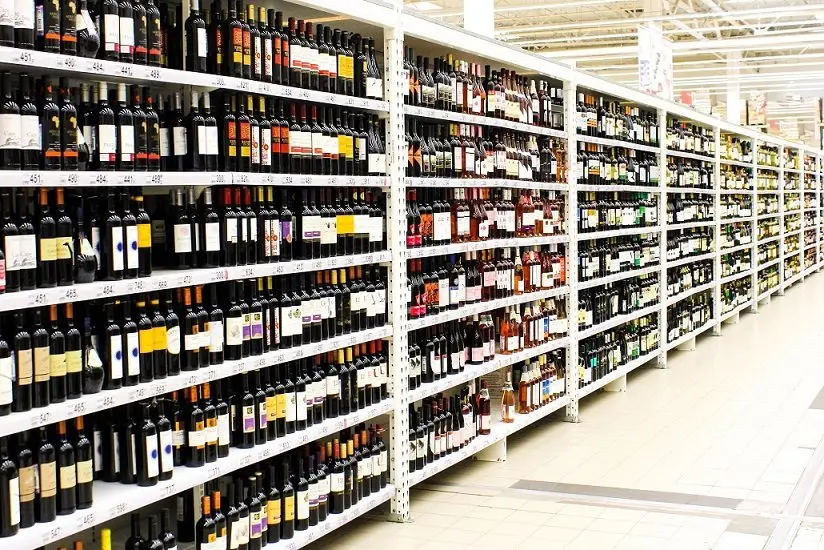According to the World Health Organization, Russians have been drinking less vodka and more wine in recent years. Often the determining criterion for the purchase is the price. Wine and wine drink are still sold in the same packaging, and the difference can be determined only by reading the counter-label.
What distinguishes wine from a wine drink
Wine is a product made from grapes or grape must. The strength of the drink according to GOST cannot exceed 15 degrees. Wine production technology is strictly regulated. The juice squeezed from the berries ferments for a certain time, the process is accelerated by adding special yeast cultures. After the primary fermentation, the young wine is filtered and then aged in accordance with the technological conditions.
The production of sparkling wine involves two production methods. Champagne in steel acratophore tanks takes no more than three weeks and allows you to get high quality products in a short time. Premium champagne is bottle-aged, with French producers aging for up to 8-10 years. Grape wine is made only from natural raw materials, the only additive allowed by GOST is sulfur dioxide.
A significant share of the products of grape processing plants is made up of wine materials. They are obtained by complete or incomplete fermentation of the squeezed juice. In fact, this is a technical term for wine before bottling. Almost all factories that do not have their own agricultural enterprises work on this raw material.

Wine material is the basis for the production of simple and carbonated wine drinks. According to GOST, their strength can reach up to 22%, and the list of permitted additives is very extensive.
Depending on the type of product, it may contain:
- wine material (not less than 50%);
- drinking water;
- distillates from various raw materials or alcohol;
- sugar or honey;
- citric and tartaric acid;
- food colors and flavors;
- carbon dioxide.
Popular wine drinks of imported and domestic production:
- Santo Stefano – produced by Agroservice;
- Bosca – supplies an Italian-Lithuanian enterprise to Russia;
- Lavetti – manufactured by Soyuz Vino LLC in the Krasnodar Territory;
- Aviva is a mother-of-pearl cocktail from the Spanish company Torre Orio.
Foreign companies in production are guided by their own technical conditions. For example, Bosca adds potassium sorbate to its sparkling drinks, which is not used in the Russian wine industry. The composition is printed on the back label – if ethyl alcohol and preservatives are indicated in the list of champagne ingredients, this is already a reason to refuse to purchase.
Drinks made from different types of raw materials overload the liver. Carbonated cocktails break down more slowly, accumulate in the body and, if consumed excessively, cause a severe hangover. Potassium sorbate (E202) in combination with alcohol suppresses beneficial intestinal microflora and can cause bloating, diarrhea or constipation.
New labeling for wine drinks
For many years, the production of products from imported wine materials, which are brought into the country by tankers, flourished in Russia. Business brings companies considerable income, since the cost of such raw materials is extremely low. At the enterprises, the semi-finished product is mixed with water, sugar, alcohol, dyes are added, saturated with carbon dioxide and bottled with an attractive design. As a result, the shelves are flooded with carbonated cocktails that have nothing to do with champagne, except for the design.

From July 1, 2020, the situation will change radically. Wine drinks will be sold separately from wine, and manufacturers will be required to draw the attention of the consumer to the composition and method of production. According to the new rules, the variety, origin and country of cultivation of grapes must be indicated in a font of at least 14 points, and the fifth part of the label of wine-containing alcohol will be occupied by the inscription that the drink is not wine.
Changes in legislation are aimed at protecting consumers and supporting the viticulture industry in the country. Imported wine cocktails that are cheap in production due to transportation and customs costs are sometimes more expensive than sparkling wines made in the classical way from domestic grapes. The new rules will help consumers make an informed choice and purchase high-quality drinks that have proven themselves on the Russian market.









